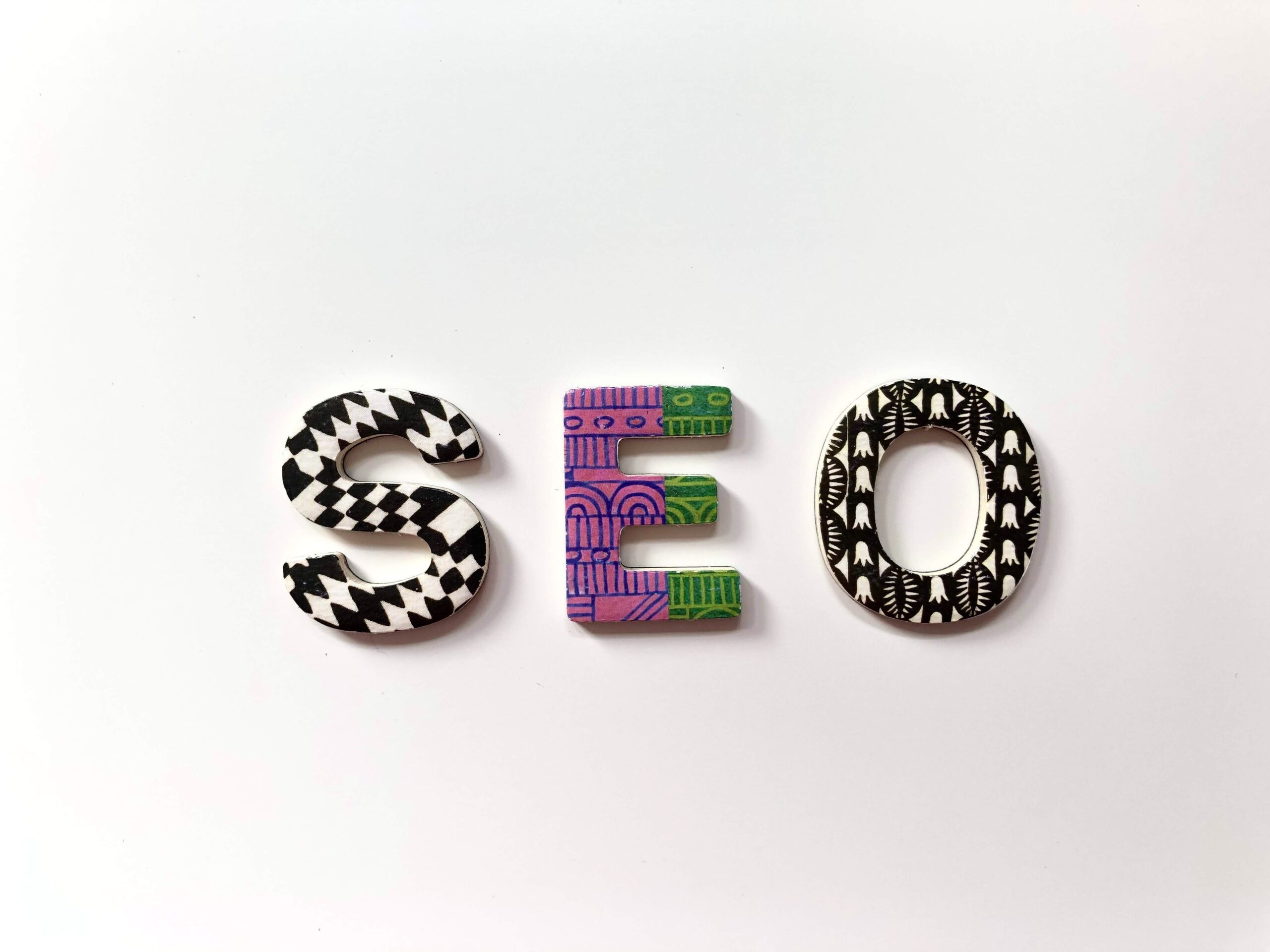Introduction
Writing a blog is not just about expressing your thoughts or sharing information; it’s also about reaching a wider audience and driving organic traffic to your website. And that’s where SEO (Search Engine Optimization) comes into play. By following some essential steps, you can ensure that your blog is SEO friendly and ranks higher in search engine results.
Step 1: Keyword Research
The first step in writing an SEO friendly blog is to identify the keywords that are relevant to your blog topic. You can use tools like Google Keyword Planner or SEMrush to find keywords with high search volume and low competition.
Step 2: Title and Headings
Your blog title plays a crucial role in attracting readers and search engines. Include your primary keyword in the title and headings to make it more SEO friendly. Use H1 for the main title and H2 or H3 for subheadings.
Step 3: Content Structure
Organize your content into paragraphs and use subheadings to break it down into sections. This makes it easier for readers to navigate and for search engines to understand the structure of your blog.
Step 4: Optimized URL
Ensure that your blog URL is concise, descriptive, and includes your primary keyword. Avoid using numbers or special characters in the URL structure.
Step 5: Keyword Placement
Place your primary keyword in the first paragraph of your blog and throughout the content. However, avoid keyword stuffing and make sure the usage is natural and relevant.
Step 6: Meta Tags and Meta Description
Meta tags provide information about your blog to search engines. Include relevant keywords in the meta title and meta description. The meta description should be compelling, concise, and within 150 characters.
Step 7: Internal and External Links
Include both internal and external links in your blog. Internal links help readers navigate your website, while external links add credibility and authority to your content. Ensure that the links are relevant and add value to the reader.
Step 8: Image Optimization
Images make your blog visually appealing and engaging. Optimize your images by compressing their size, adding alt tags with relevant keywords, and providing a descriptive file name.
Step 9: Mobile-Friendly Design
In today’s mobile-first era, it’s crucial to have a responsive design for your blog. Ensure that your blog is mobile-friendly and provides a seamless user experience across different devices.
Step 10: Regular Updates
To maintain and improve your blog’s SEO ranking, it’s essential to regularly update your content. Add fresh and relevant information, update outdated statistics, and keep up with the latest trends in your niche.
Conclusion
By following these ten steps, you can write an SEO friendly blog that not only attracts readers but also ranks higher in search engine results. Remember, SEO is an ongoing process, so keep optimizing your blog regularly to stay ahead of the competition.
